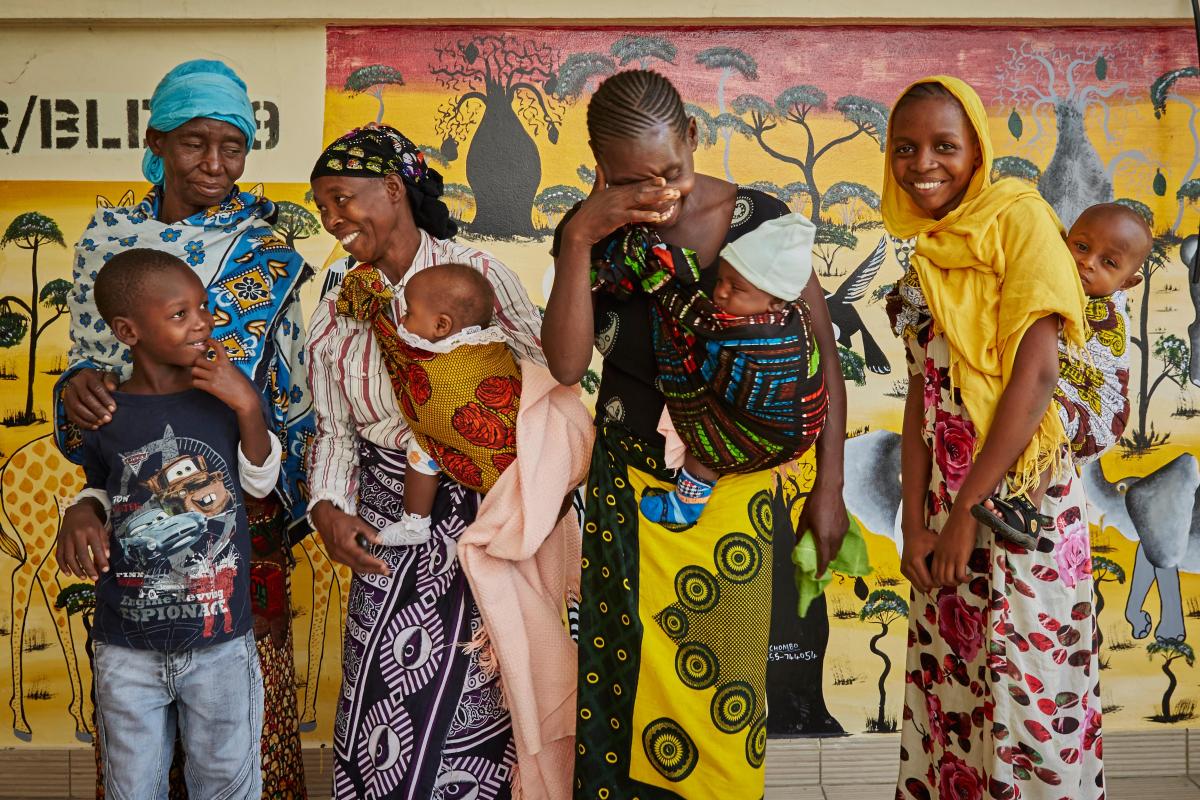Join a powerful, unprecedented alliance for better eye health for all.
Join IAPB-
Choose an alternate language here

Children of Cataract/ Photo courtesy: Julia Gunther for the #StrongerTogether photo competition
March 8th is International Women’s Day celebrating the social, economic, cultural and political achievements of women. This day is also used to emphasise the need for gender equality. So, we shine light on the health inequities women face through a series of blogposts by partners and people involved in delivering eye care, with an emphasis on gender: in board rooms and in research..
Globally, women account for around 60% of all blindness and visual impairment – an imbalance that is reflected in every region of the world, especially Asia and Africa, where geographic and economic conditions, illiteracy, gender-assigned roles, cultural beliefs act as barriers to seek eye care. Cataract is the leading cause of blindness in these countries, with the Cataract surgical coverage rates faring worse for women.
Lene Øverland, CEO of Orbis Africa writes about the grim reality African women face: women are 1.4 times more likely to go blind than men and how a sight restoring surgery can give back dignity and reduce the feeling of being a burden in the older population.
Similarily, Alison Carmody and the team at the Fred Hollows Foundation highlights the work being done in Bangladesh (supported by Seeing is Believing) to provide ground-breaking solutions to help women access eye care.
Paul Courtright and Suzanne Gilbert write about their experiences—personal and professional—in the positive changes that are happening to address the gender gap in eye health decision-making, both at the community and board level.
To improve access regardless of gender requires multi-pronged efforts and working within the belief system of a particular community. We can try to be #BeBoldForChange #IWD2017
Wishing everyone a very Happy International Women’s Day!